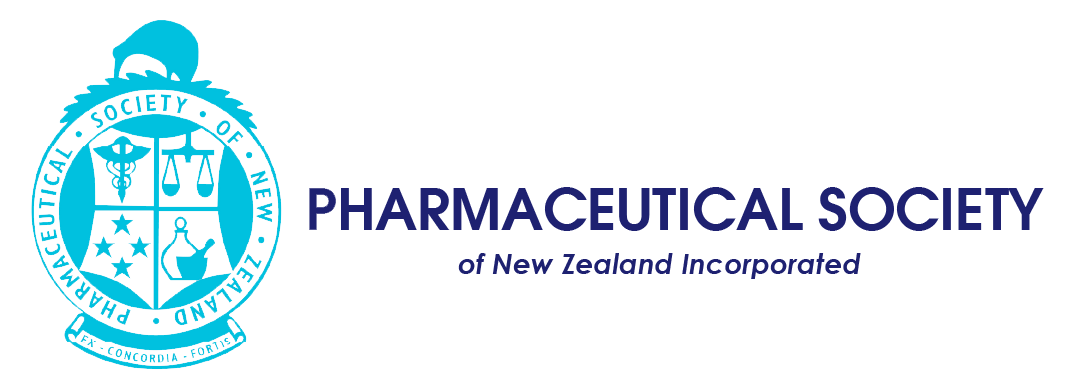Pharmacists “on the frontlines” during COVID-19
Bronwen Shepherd and Aleisha Whyte, community pharmacists, share their experiences of the COVID-19 pandemic.
When New Zealand entered the highest restriction of COVID-19 lockdown (alert level 4), community pharmacy became one of only a handful of essential services allowed to remain open.
According to Bronwen Shepherd, community pharmacist from Wellington, “as the majority of the entire health system retreated, community pharmacy forged further into the frontlines.”
Photo: Bronwen Shepherd, Community Pharmacist, Wellington
“During the lockdown, hospitals reduced activity to essential services, and in primary care, allied health and general practice shifted to mostly virtual services.”
“Within this context, community pharmacy experienced an unfathomable collision of demand due to the inaccessibility of other health services, the timing of the arrival of influenza vaccinations and increased prescription demand.”
“During this frantic period, pharmacy also needed to adapt to ensure safety of staff and patients, shift to paperless’ electronic prescriptions, and pivot to provide a contactless delivery option.”
“Where patients faced barriers in accessing healthcare, community pharmacists were available, and were able to triage, treat and refer.”
“Pharmacists continued to ensure medicines were managed appropriately, protecting both individuals and wider public interest (enabled by monthly dispensing implemented by Pharmac).”
Community pharmacy “best strategic partner”
Bronwen says, “My hope is that the COVID-19 crisis acts as a forcing mechanism to compel innovation, new levels of cooperation, rapid advances in technology, policy, and procedures.”
“However, we also need to remember and most importantly - safeguard - the services and qualities that community already possess, that this current crisis has made more visible.”
“If this crisis is a messenger, surely our health leadership have now perceived and experienced community pharmacy as its best strategic partner.”
Pharmacists provided “outstanding care”
“Pharmacists have stepped up to the plate and have continued to provide outstanding care to the New Zealand public, throughout the COVID-19 pandemic,” says Aleisha Whyte, community pharmacist from Canterbury.
Photo: Aleisha Whyte, Community Pharmacist, Canterbury
“We did what we could to make our patients lives easier, to keep them safe, and manage workflow, during difficult times.”
“We offered free deliveries for people in our area. It was a way that we could look after our elderly and vulnerable populations. It helped restrict the number of people that needed to come in to see us. One of our owners and her daughter did most of the deliveries, and we utilised a local courier company.”
“Our team split into two shifts (7.30am - 2pm, then 2.30pm - 9pm, with a full clean in between). The hours we were open to the public were reduced to manage workflow, dispensing prescriptions, touching base with regular patients, paperwork, regular blister packs and general admin.”
“Screens were installed as soon as lockdown started, and road cones were used to ensure social distancing. People were appreciative of the precautions taken as they felt we were taking it (the virus) seriously and putting measures in place to keep them safe.”
“A lot of general practitioners (GPs) had shut their doors, so more people utilised pharmacy to receive flu vaccination this year. We extended our hours for flu clinics, through to 8pm some nights. This allowed us to vaccinate a larger proportion of vulnerable populations and ensure appropriate social distancing. It was positive to see the eligibility criteria open up to allow pharmacists to provide more funded flu vaccinations. Feedback from patients was supportive of pharmacists providing funded flu vaccinations, as we are local, in the community and easy to access.”
Electronic prescribing “step in right direction”
Aleisha says “we didn’t have a system in place prior to COVID to accept electronic scripts.”
“During the pandemic, we used ERMS (Electronic Referral Management System) which allowed doctors to send scripts electronically.”
“It’s not a perfect system, but it’s a step in the right direction. It meant we didn’t need to use paper copies or as many faxed prescriptions. Not having to match originals is a huge timesaver.”
“It’s potentially another platform that pharmacists could use to communicate more directly with prescribers in the future.”
“The electronic prescribing systems used are different nationwide - which makes it really hard.”
“If there was one central system that could be rolled out nationally that would great. Ideally it would be a system we could use to communicate with all primary care and secondary care health professionals in one place.”

